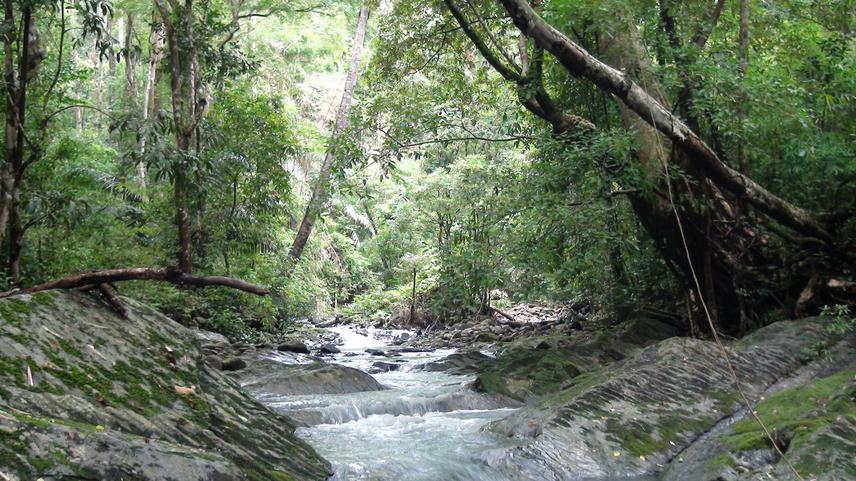Nguyen Van Toai
This project will examine and integrate cultural and natural landscapes into a community-based ecotourism program to preserve the high values of biodiversity in Bu Gia Map National Park with accounts for local needs.

In Bu Gia Map National Park, local people have limited participation in wildlife conservation activities because we have insufficient community-based programs. The main conservation activities at the park are law enforcement and scientific research. There have not any wildlife conservation programs that preserve biodiversity with account for local needs, leading to the isolation of the park from part of local people in the buffer zones. Therefore, identifying potentials and developing a community-based eco-tourism program will foster the participation of local people in wildlife conservation programs while they have chances to increase their incomes to lessen harmful impacts on park forests.
This project will focus on eco-tourism potentials in Vietnam’s Bu Gia Map National Park to develop a community-based program that generates incomes for local people. The project team will conduct field activities to exude traditional charms of indigenous people residing in the buffer zones of the park. Local communities possess numerous traditional characters that are attractive to visitors, and these cultural assets can generate additional incomes for forest dwelling residents. However, they have not exploited these lucrative sources to improve their incomes because of insufficient external support. By conducting interviews with local people, the principal investigator will value the assets of local people to help them develop household economy.
The project team will identify natural landscapes and sacred sites that contribute to the development of eco-tourism within the park. These locations will be mapped to develop sightseeing tours within the community-based eco-tourism program. The park abounds with numerous wild animals such as yellow-cheeked crested gibbons, black-shanked douc langur, pangolins, slow lorises and other global endangered species, and they are valuable for wildlife tourism activities. Also, waterfalls, sightseeing sites, bird watching and hiking trails will allow park managers to help local people participate in eco-tourism activities. Therefore, this project will encourage the participation of local people in eco-tourism activities as tour guides.
Based on the findings from the project, the project team will develop a community-based eco-tourism program within the park. By training local people in eco-tourism development activities, the project team will help them run community-based eco-tourism programs in the buffer zones. Thus, local people will participate in numerous eco-tourism activities to generate their incomes for years to come. With eco-tourism activities, our project team expect that local people will have an additional alternative source of livelihood to reduce their impacts on natural forests in the park.